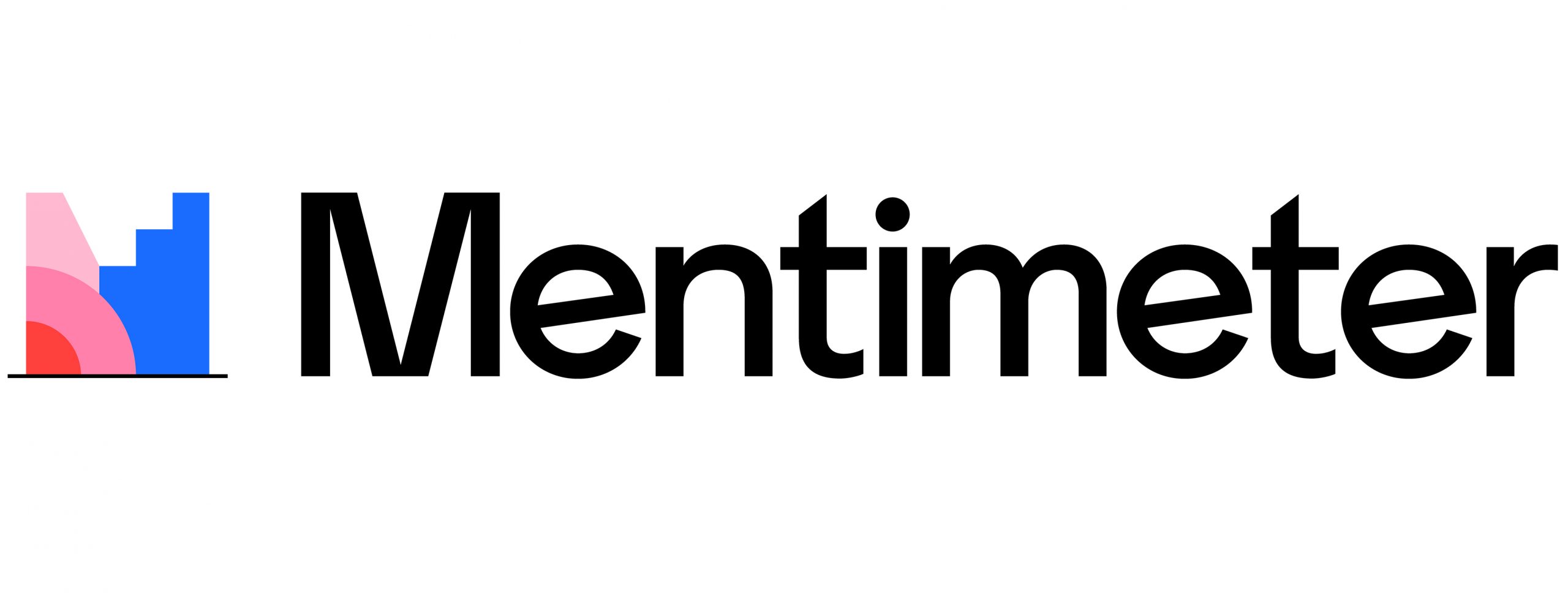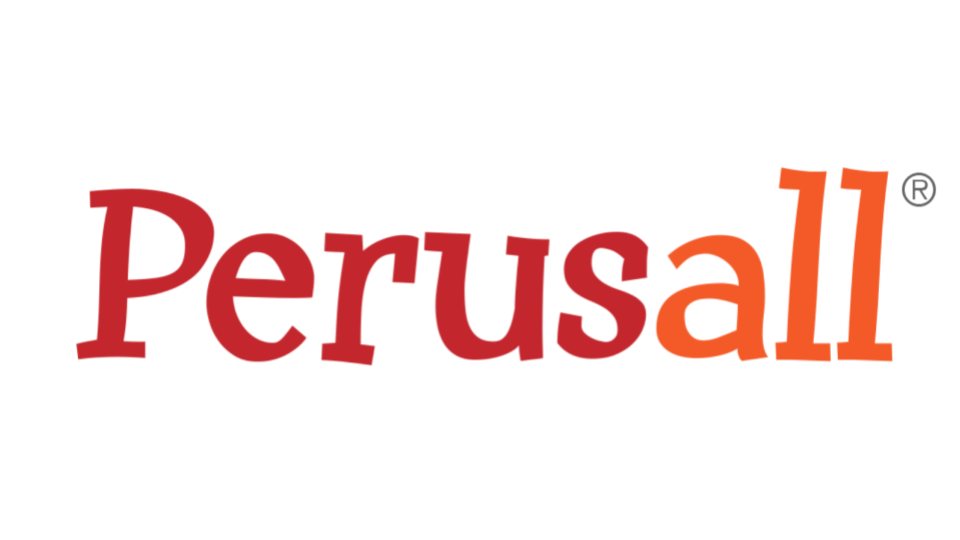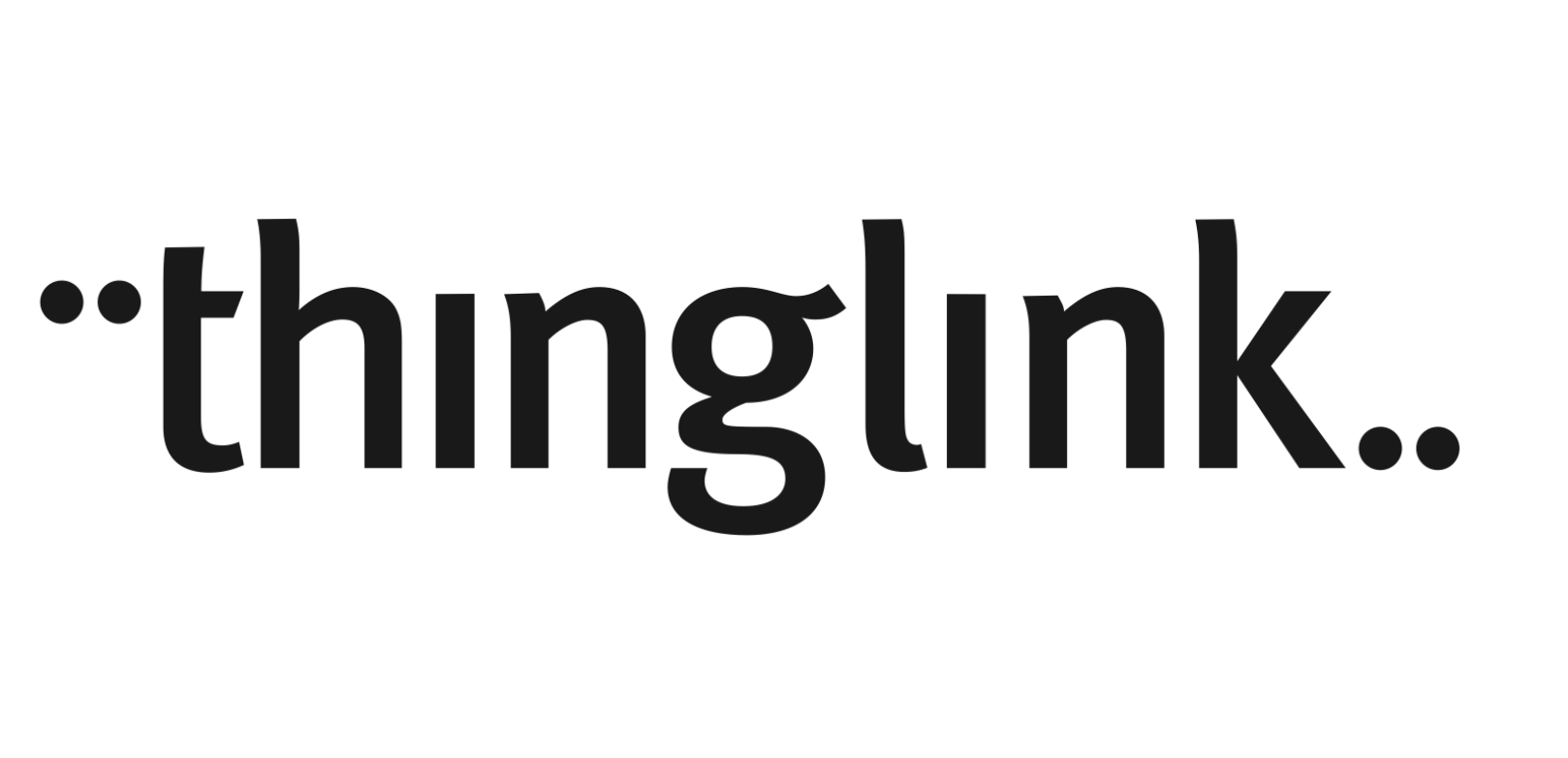This page provides resources and inspiration to instructors about how to integrate educational technology into their courses, regardless of whether they are online, hybrid, or in-person.
For each resource, we have provied a brief summary that touches on key features, how the resource could be useful, a link to where you can find the resource, and links to resources that will help you explore the tool in greater depth. We also include whether the resource is free, paid or has a free trial available.
If you would like us to add a resource to this page, or you've already used it in the classroom and would like to be included in the links list to inspire other instructors, please let us know by sending an email to cua-centerforteaching@cua.edu with the words "educational technology" in the subject line.
Please note that any technical support related to educational resources that are not licensed by Catholic University of America will need to be provided by the company that created the resource, not Tech Services or the Center for Teaching Excellence.
Resources

Grammarly is a versatile tool that can significantly benefit both instructors and students by improving writing quality, promoting academic integrity, and fostering independent learning. Its adaptability makes it suitable for a wide range of educational contexts, particularly those where writing proficiency is a key component of success. Free, Premium and Education pricing plans are available.
Learn More

Canva is a versatile and user-friendly graphic design platform. It empowers educators to create visually engaging and informative materials for their courses without the need for advanced design skills. Canva's collaborative features also facilitate teamwork among instructors, allowing them to co-create and share resources seamlessly. Free, Educator and Pro accounts are available.
Learn More

Kahoot is an educational technology tool that allows university instructors to create, customize, and deliver interactive quizzes, surveys, and learning games to their students. Instructors can use Kahoot to assess students' understanding of course material, promote active participation, and facilitate a fun and collaborative learning environment. Students can join Kahoot sessions using their smartphones, tablets, or computers, making it accessible and convenient for both in-person and remote teaching. Kahoot is free for teachers and students, but there are premium versions available.
Learn More

LinkedIn Learning is an online video training library that provides opportunities for learning and skill enhancement. Instructors and students can learn online at their own pace, with their library of more than 7,500 courses and more than 200,000 videos on diverse topics. Instructors can add LinkedIn Learning courses and videos to Cardinal Learn (Brightspace) as a resource for online, hybrid or in-person courses. Best of all, it’s free! All students and instructors at CUA have free, unlimited access to LinkedIn Learning.
Learn More
- Check out CTE’s LinkedIn Learning page for more information.

Padlet is a cloud-based “bulletin board” used for organizing and sharing content. Instructors and students can post images, audio, video, and files, as well as link to a variety of web content. Padlet can be used on any device, is available in 45 languages, and has customizable privacy settings. It’s great for collaboration, group projects, brainstorming, mind mapping, formative assessments, creating study guides, responding during a lecture, and more. Padlet has free as well as paid plans.
Learn More

Mentimeter is an online presentation tool that can be used in online, hybrid and in-person settings. It’s similar to PowerPoint, but it’s meant to be used live so teachers can interact with students in real time via polls, quizzes, and other interactive features. It integrates with Zoom and other remote conferencing tools, as well as PowerPoint. Mentimeter is a great tool for boosting student engagement with content, technology, and peers. It can be used for assessments, discussions, and to allow students to ask questions during lectures. Mentimeter offers free and paid account options, as well as educator pricing.
Learn More

Loom is an asynchronous communication tool utilized by more than 21 million individuals across 200,000 companies. It offers educators free access to premium features and unlimited recordings. With Loom, you can create and share brief videos of your screen, webcam, or both. It enables you to convert complicated explanations into easily digestible video content and provide verbal context to documents or personalized feedback on assignments, thus eliminating the need for lengthy emails or additional meetings.
Learn More

Flip (formerly FlipGrid) is a free video discussion app from Microsoft that has been used to create or share more than 7 billion videos in 190 countries. It’s available as an online app and a mobile app, making it easy for students to incorporate Flip into their busy schedules. Students post and view content within the group, creating an engaging and motivating social learning experience that invites collaboration and creativity, and enhances interaction between students as well as instructors.
Learn More

Perusall is a free social learning platform used by over 3 million students in over 90 countries. Perusall turns coursework into a social learning experience by giving students the ability to work together on assignments, thus increasing student engagement, collaboration with peers, and a sense of community, as well as critical thinking skills. Perusall works with a wide variety of content, including books, articles, web pages, images, videos, and more, making it useful for courses regardless of whether they are in-person, hybrid, or fully online.
Learn More

ThingLink is an award-winning cloud-based education technology platform used by over 4 million teachers and students. ThingLink’s superpower is that it makes it easy to augment images, videos, and virtual learning activities with additional information and links to make them interactive and engaging. ThingLink is free for 30 days, and then $60/year for educators.
